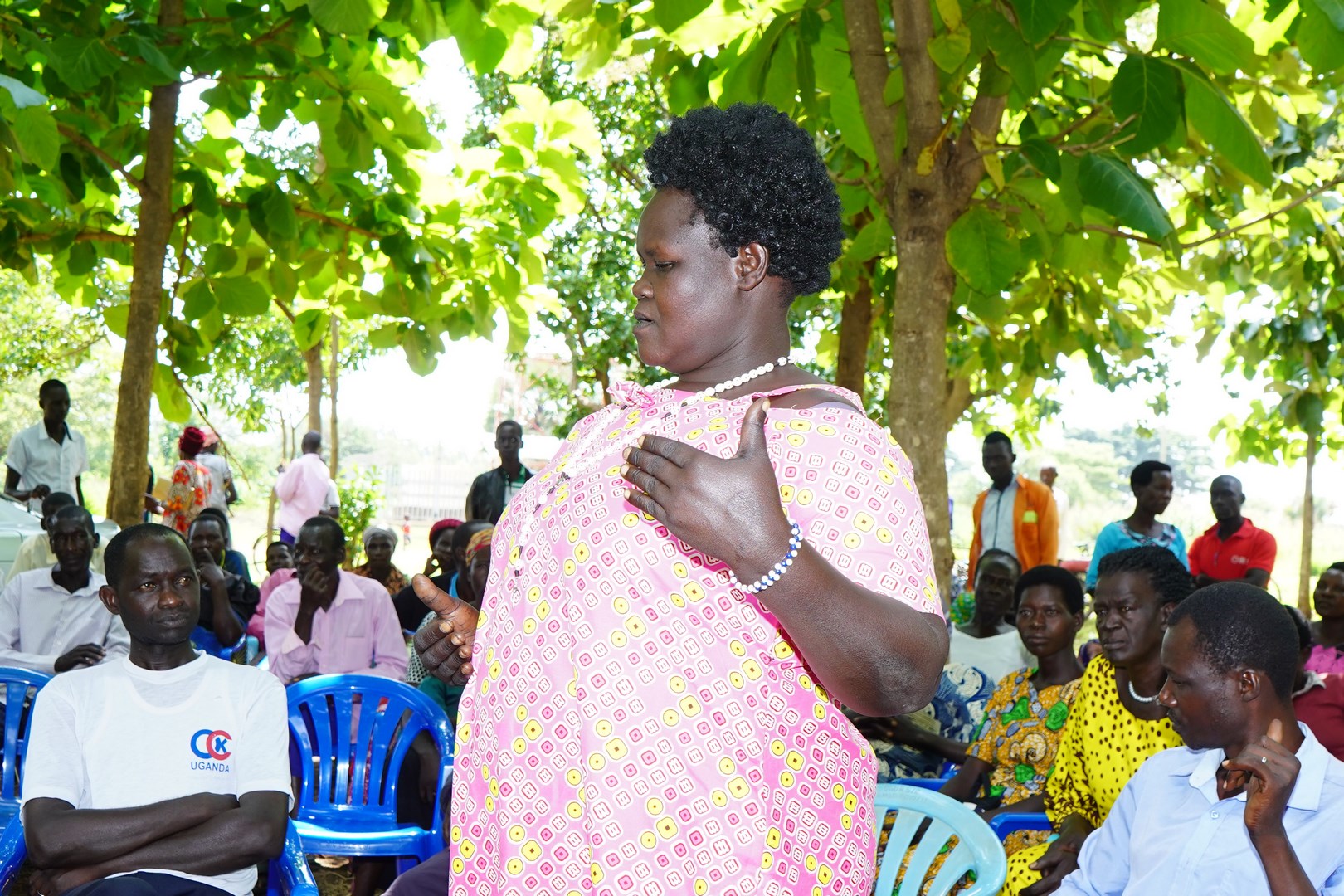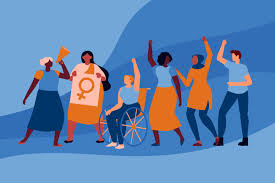
📊 Women’s representation in local governance: Uganda at a glanceIn Uganda, women now make up about 46% of all elected representatives in local government councils. (Uganda Bureau of Statistics)But when you look deeper at leadership positions, the numbers tell a different story
- At village level (LC1) and parish level (LC2), women hold only about 3.0% of the chairperson positions. (UN Women)
- At sub-county (LC3) level, women hold only about 3% of the chairperson posts. (UN Women)
- While the “one-third” provision (for women’s representation) has been achieved in many councils, the power to influence decisions often lies with the chairperson or executive committee — where women remain significantly under-represented. (eprcug.org)
🧮 What this means:
Having nearly half of all councillors as women is an achievement. It shows progress in women accessing elected seats.
But leadership roles — the ones that steer decisions, budgets, priorities — are still largely male-dominated. When women are present but not in decision-making posts, their impact on policies, budgets and development shifts is limited.
🌱 Why this matters to women and communities:
- When women are in leadership, they bring perspectives that often reflect the needs of women, children, households and communities.
- If women are only “token” councillors (present but powerless), then decisions may still fail to reflect women’s rights, priorities and lived experiences.
- For sustainable, inclusive development — and for truly gender-equal governance — the quality of representation matters, not just the quantity.
💡 A call to action:
Let’s push for:
- More women running for chairperson and executive roles, not just council seats.
- Capacity-building for women councillors so they confidently lead and participate.
- Supportive systems (financial, logistical, cultural) that enable women to compete and lead.
- Voters embracing women leaders and holding elected officials accountable for genuine inclusion.
![Women Leadership Development [WLEDE]](https://wlede.org/wp-content/themes/kipya/images/logo-WLEDE.png
)





